Deir El Bahari

This confirms the keenness of the Ministry of Tourism and Antiquities to use modern technology and activate the basics of sustainable tourism.
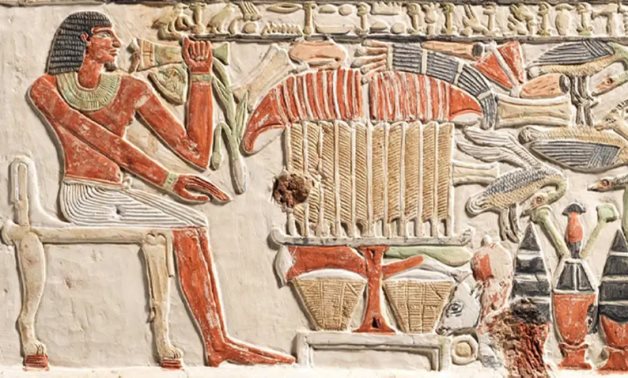
The First Transitional Period of ancient Egypt began when the centralized monarchy of the ancient kingdom weakened.
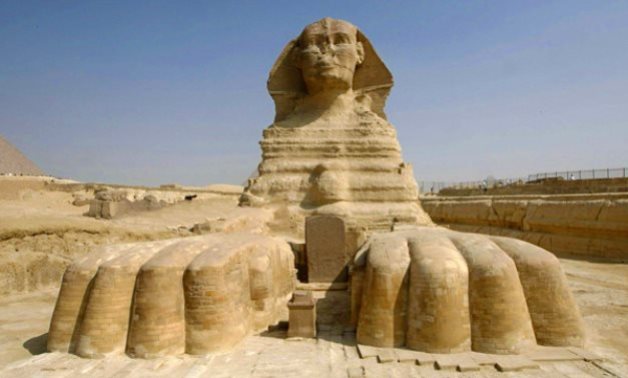
Eugène Grébaut made a number of important discoveries in the complex of funerary temples and tombs at Deir el-Bahari.
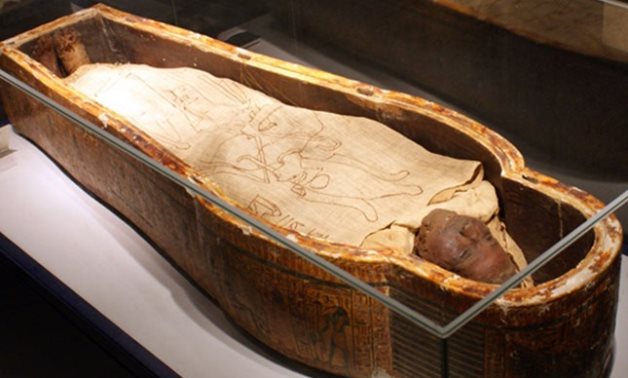
His mummy was discovered by the French Egyptologist Maspero in 1881.
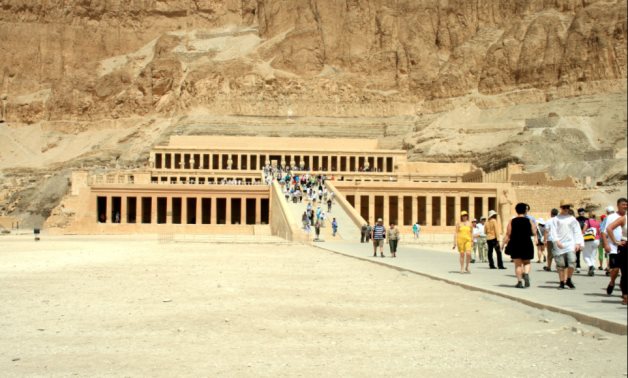
The site of Deir el-Bahari is famous for hosting the funerary temple of Queen Hatshepsut (1473-1458 BC) on the western mainland of Luxor.

This comes within the Ministry of Tourism and Antiquities’ keenness to use modern technology and activate the basics of sustainable tourism to preserve the environment in archaeological sites.
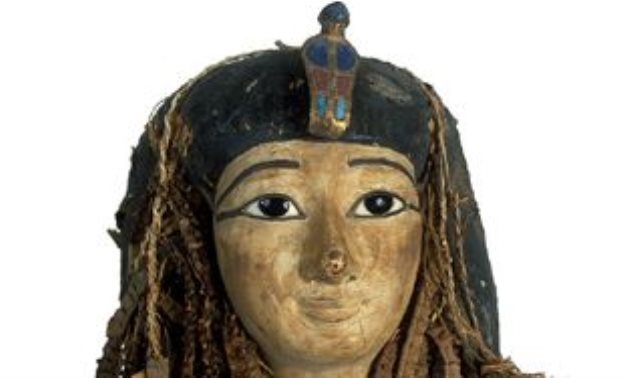
The secrets of the mummy of King Amenhotep I remained hidden under the scrolls and the funeral face mask until they were recently revealed in the scientific study published on December 28, 2021.
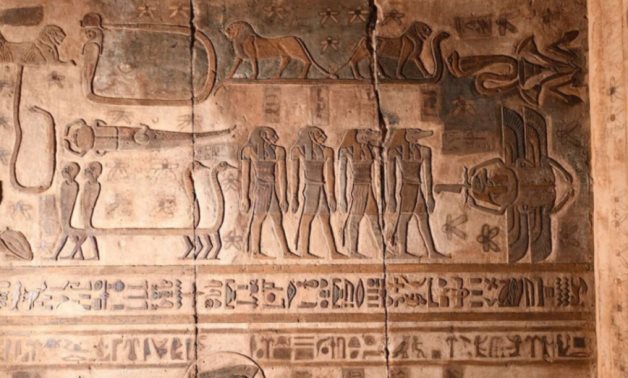
An Austrian archaeologist from the University of Warsaw revealed in a recent study that Pharaonic Egypt's sculpting artworks were carried out in an organized manner and as a result of team work.
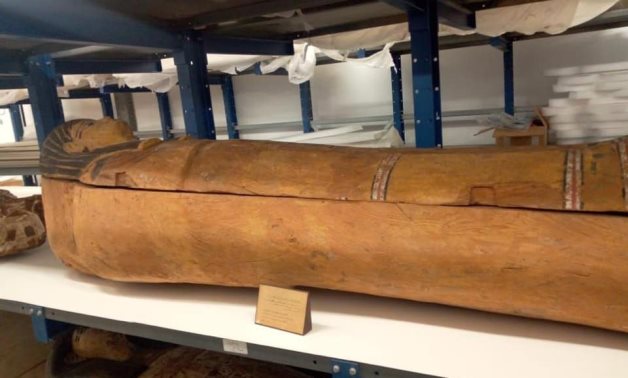
The National Museum of Egyptian Civilization in Fustat received 17 royal coffins to be restored and displayed ahead of receiving the royal mummies from the Egyptian Museum in Tahrir in a solemn procession.
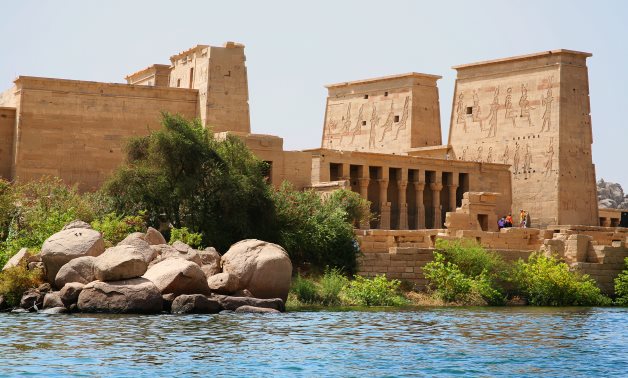
The Ministry of Tourism and Antiquities decided to reopen five museums and eight archaeological sites as of July 1.